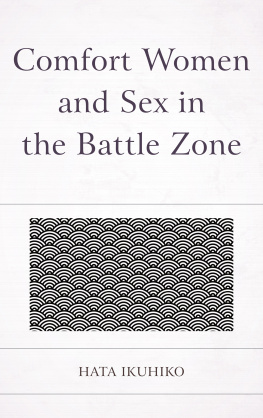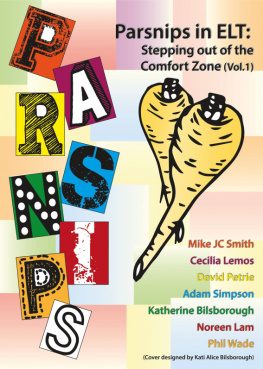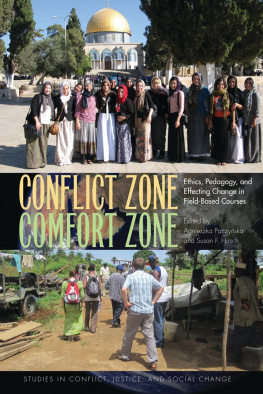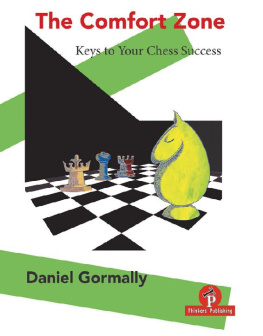Morgan Ikuhiko Hata - Comfort Women and Sex in the Battle Zone
Here you can read online Morgan Ikuhiko Hata - Comfort Women and Sex in the Battle Zone full text of the book (entire story) in english for free. Download pdf and epub, get meaning, cover and reviews about this ebook. City: Japan;Ostasien, year: 2018, publisher: Hamilton Books (R&L), genre: Politics. Description of the work, (preface) as well as reviews are available. Best literature library LitArk.com created for fans of good reading and offers a wide selection of genres:
Romance novel
Science fiction
Adventure
Detective
Science
History
Home and family
Prose
Art
Politics
Computer
Non-fiction
Religion
Business
Children
Humor
Choose a favorite category and find really read worthwhile books. Enjoy immersion in the world of imagination, feel the emotions of the characters or learn something new for yourself, make an fascinating discovery.
- Book:Comfort Women and Sex in the Battle Zone
- Author:
- Publisher:Hamilton Books (R&L)
- Genre:
- Year:2018
- City:Japan;Ostasien
- Rating:5 / 5
- Favourites:Add to favourites
- Your mark:
- 100
- 1
- 2
- 3
- 4
- 5
Comfort Women and Sex in the Battle Zone: summary, description and annotation
We offer to read an annotation, description, summary or preface (depends on what the author of the book "Comfort Women and Sex in the Battle Zone" wrote himself). If you haven't found the necessary information about the book — write in the comments, we will try to find it.
Comfort Women and Sex in the Battle Zone — read online for free the complete book (whole text) full work
Below is the text of the book, divided by pages. System saving the place of the last page read, allows you to conveniently read the book "Comfort Women and Sex in the Battle Zone" online for free, without having to search again every time where you left off. Put a bookmark, and you can go to the page where you finished reading at any time.
Font size:
Interval:
Bookmark:
Comfort Women and Sex in the Battle Zone
Comfort Women and Sex in the Battle Zone
by
Hata Ikuhiko
Translated by
Jason Michael Morgan
Hamilton Books
Lanham Boulder New York London
Copyright 2018 by
The Rowman & Littlefield
Publishing Group, Inc.
4501 Forbes Boulevard
Suite 200
Lanham, Maryland 20706
Hamilton Books Acquisitions Department (301) 459-3366
Unit A, Whitacre Mews, 26-34 Stannary Street,
London SE11 4AB, United Kingdom
All rights reserved
Printed in the United States of America
British Library Cataloging in Publication Information Available
Library of Congress Control Number: 2018953206
ISBN: 978-0-7618-7033-3 (cloth : alk. paper)
ISBN: 978-0-7618-7034-0 (Electronic)
 The paper used in this publication meets the minimum
The paper used in this publication meets the minimum
requirements of American National Standard for Information
SciencesPermanence of Paper for Printed Library Materials,
ANSI Z39.48-1992
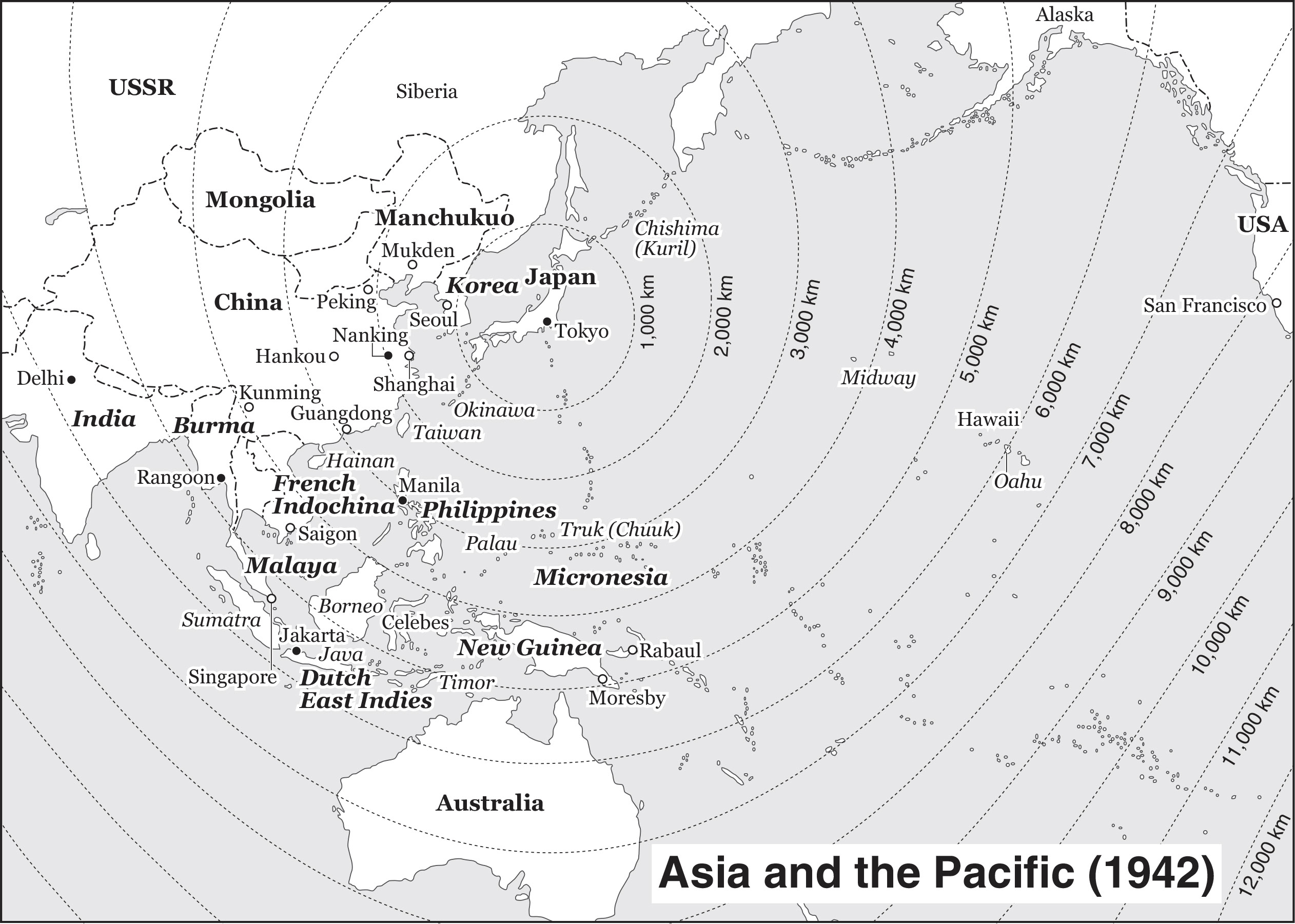
Figure 0.1. East Asia and the Pacific Map, Hara Shobo.
Chapter One
The Comfort Women Issue Explodes
1. The Asahi Shimbun s Surprise Attack
Anyone who picked up the morning edition of the Asahi Shimbun newspaper on January 11, 1992, would have been stunned to see the front pages top story that the major Japanese daily played up as part of its campaign on the comfort women issue.
Looking back, it becomes clear this scoop was the very starting point of a frenzy that would ensnare not only Japan but also several other Asian nations.
In the interest of brevity, I will not explain here all the details of the Asahi s report, which also filled much of the editions city news section. For now, I will just list the main headlines.
Documents show military involvement in comfort stations
Written instructions, journals of former Japanese military found at Defense Agency library
Units instructed to set up [comfort stations]
Control, supervision of [comfort stations], including recruitment, instructed under name of chief of staff. Some documents had seal of administrative vice minister
Government view that private operators were in charge challenged
Calls for apology and compensation intensifying
Furthermore, the report included comments by Chuo University professor Yoshimi Yoshiaki, who discovered the materials at the Defense Agency library. The militarys involvement is very clear, Yoshimi told the Asahi . Japan should offer an apology and compensation. The newspaper also carried remarks by historian Suzuki Yuko, who said the discovery exposed an insufficient investigation into the issue by the government. Former Second Lieutenant Yamada Seikichi, who had been in charge of recreational activities of a Japanese military unit, was quoted in the report as saying, The militarys involvement is clear. The report accompanied an analysis on military comfort women by an Asahi columnist who claimed most [comfort women] were Korean women who were forcibly recruited under the name of female volunteer corps, and estimates of their number are said to range from eighty thousand to 200,000.
However, reading only the headlines might leave some people wondering why this article was afforded such extensive coverage. The lead section of the front-page story reveals the newspapers intentions:
The Defense Agencys National Institute for Defense Studies library keeps written instructions and field diaries that show the Japanese military supervised and controlled the establishment of comfort stations and the recruitment of military comfort women during the Second Sino-Japanese War and the Pacific War, it was learned on January 10, [1992].
The Japanese government, during its answers to the Diet, has denied state involvement with Korean comfort women, saying civilian operators were taking those women along.
Last December, Korean former comfort women filed a lawsuit against the Japanese government, demanding compensation from the state. The South Korean government is also demanding that the Japanese government reveal the facts of this matter.
The discovery at the Defense Agency of materials indicating state involvement will jolt the stance the government has taken thus far and likely force the government to adopt a new approach. Prime Minister Miyazawa Kiichi now has a serious challenge awaiting him when he visits South Korea from January 16.
The opening paragraphs reveal the Asahi s intention was to influence public opinion on the comfort women issue. The report was aimed at creating a dramatic setting, timed for the prime ministers upcoming visit, by presenting evidence to demonstrate the Japanese government had committed perjury by denying there had been state involvement in recruiting Korean comfort women.
The January 11 report came out just five days before Miyazawas visit to South Korea. The prime minister had neither the option of changing his itinerary nor much time to prepare a response to the outrage erupting in South Korea.
I was staggered by the timing of the Asahi s report and its strategy of focusing on the single point of kanyo (involvement), which is an ambiguous concept.
It is worth pointing out, however, that it was a well-known fact among researchers that Rikushimitsu Dainikki (a collection of official documents exchanged between the Army Ministry and army units dispatched to China), which had been declassified thirty years earlier and kept at the National Institute for Defense Studies (NIDS), contained documents about comfort women and the involvement of the military in comfort stations.
Memoirs by military personnel who visited comfort stations were readily available, as were many movies and TV programs that depicted these facilities. If we include people who first learned about comfort stations through such channels, it would have been unusual if someone did not know the military was involved with them. I believe the report was a devious trick employed by the Asahi , which stretched an insufficient explanation given by a senior bureaucrat (to be detailed later in this book) during a comment made in the Diet, to write that the government had denied the states involvement.
In an article he contributed to the March 1992 issue of Sekai (World) magazine, Yoshimi described how he discovered the documents: [I was aware they existed, but] I went to the Defense Agency library again for two days late last year and early this year to look mainly for materials pertaining to comfort stations.
Around that time, I frequently visited the NIDS library to conduct research on a different subject. Yoshimi, an old acquaintance of mine, told me about his discovery and the imminent publication in a newspaper. I remember feeling skeptical about whether such materials were worthy of a news story. A while later, just as I was starting to wonder why Yoshimis discovery had not been mentioned in a newspaper, the Asahi ran its sensationalized report on January 11.
The report sparked the huge response the newspaper had hoped for, with other newspapers carrying stories about it a day later. The Asahi was well prepared and printed a story sent from its Seoul Bureau for its evening edition printed the same day. [The discovery] was reported in detail by South Korean television and radio stations by citing the Asahi Shimbun s report, the story said. South Korean Foreign Minister Lee Sang-ok told South Korean reporters on [January] 11, I think the Japanese side will reveal an appropriate position about issues regarding former military comfort women at the time of the South Korea-Japan summit meeting.
Next pageFont size:
Interval:
Bookmark:
Similar books «Comfort Women and Sex in the Battle Zone»
Look at similar books to Comfort Women and Sex in the Battle Zone. We have selected literature similar in name and meaning in the hope of providing readers with more options to find new, interesting, not yet read works.
Discussion, reviews of the book Comfort Women and Sex in the Battle Zone and just readers' own opinions. Leave your comments, write what you think about the work, its meaning or the main characters. Specify what exactly you liked and what you didn't like, and why you think so.

